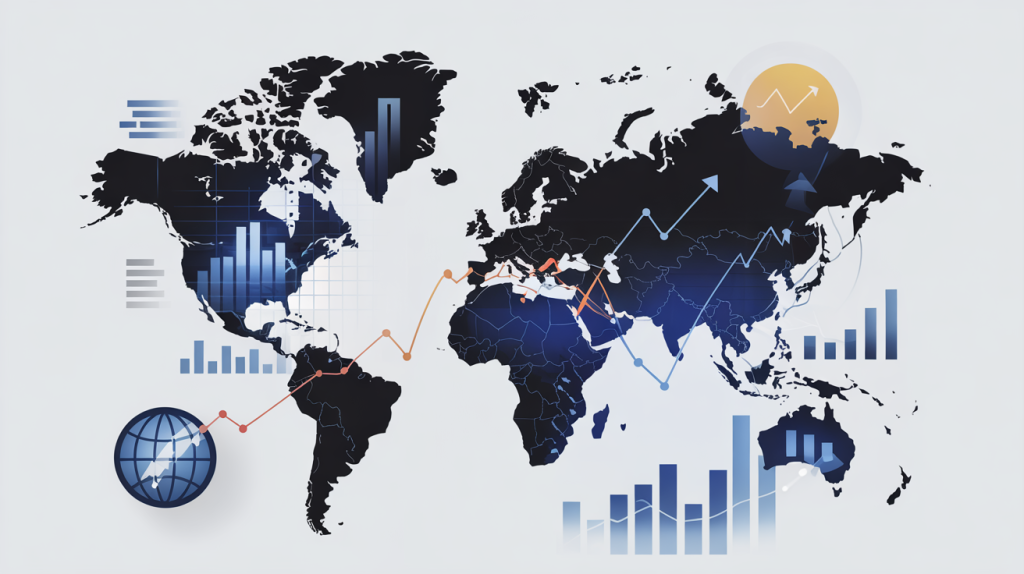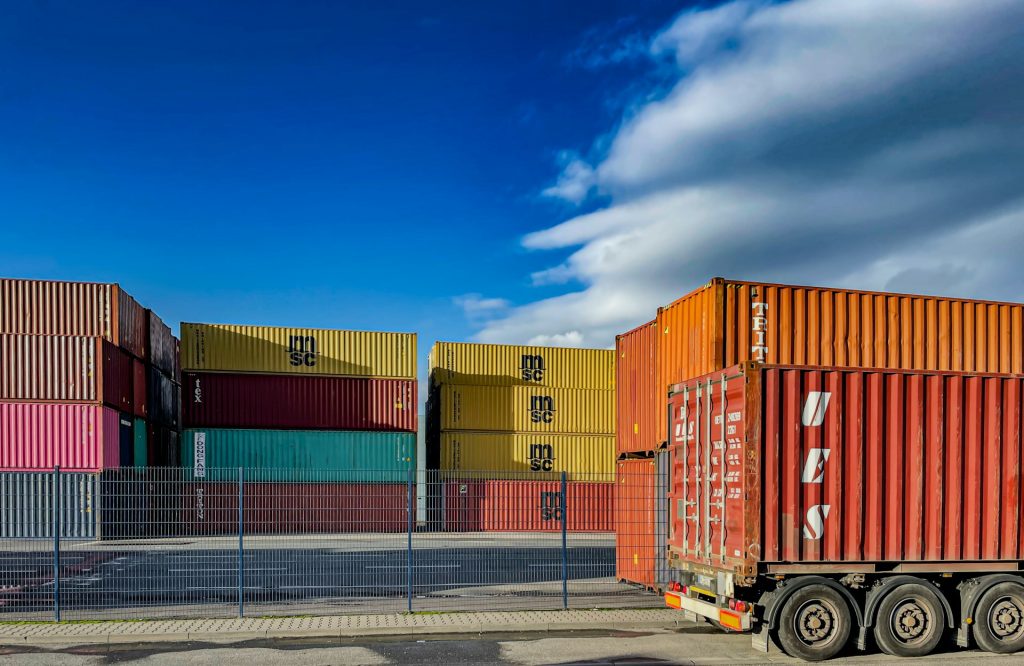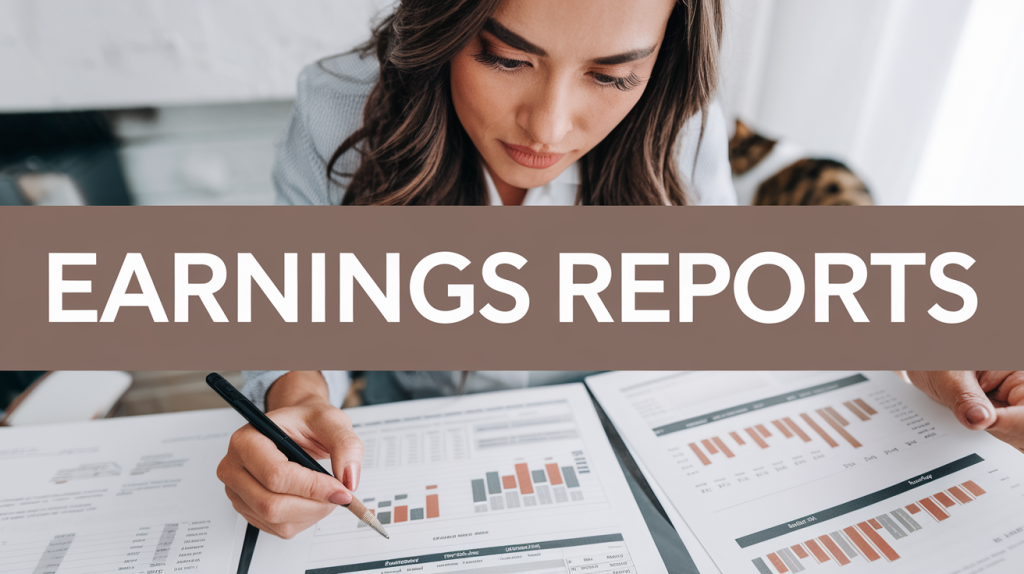
Every investor has heard it before: stay close to home. U.S. stocks have long been the dominant force in global markets, and for good reason. Stability, innovation, and deep liquidity have made America the go-to destination for capital. But 2025 looks and feels different. From tariff shocks to international outperformance, the question has shifted from “why diversify internationally?” to “why not?”
This article walks you through the current market landscape and what it means for your portfolio strategy in 2025.
The U.S. Market: Navigating a New Set of Risks
For years, the U.S. was the clear choice for global investors. But that narrative is being challenged. President Trump’s return to office has brought with it a renewed wave of tariffs and protectionist policies. In response, the S&P 500 sold off sharply, and market sentiment has turned cautious.
Analysts from Bank of America are reporting a surge in investor pessimism, one of the highest in over a decade. And it’s not just sentiment. Economic indicators show that inflationary pressures persist while trade tensions are beginning to drag on corporate margins. According to the Associated Press, the U.S. economy is slowing more than expected, particularly in interest rate-sensitive sectors.
Investors now find themselves asking: what if the U.S. isn’t the default safe haven anymore?
International Markets Are Gaining Ground
While the U.S. wrestles with policy-driven uncertainty, the rest of the world is quietly gaining momentum.
Even Warren Buffett Is Diversifying Overseas
One of the most telling signals? Warren Buffett himself is shifting capital abroad. Berkshire Hathaway has increased its stakes in Japan’s five major trading houses, Itochu, Marubeni, Mitsubishi, Mitsui, and Sumitomo, as part of a strategic move into undervalued, globally positioned conglomerates. Buffett has called Japan a “good place to invest,” citing strong governance and shareholder-friendly policies. When the most U.S.-centric investor of our time starts putting billions into foreign markets, it’s a cue for the rest of us to pay attention.
The MSCI All Country World Index ex-USA is outperforming the S&P 500 year-to-date. International equities, long considered laggards, are now offering stronger returns with more attractive valuations. Europe has benefited from stabilized energy costs, while parts of Asia are riding the wave of consumer demand and technology exports.

Firms like Schwab are advising clients to “Make International Great Again” as global markets begin to outshine U.S. benchmarks. Meanwhile, T. Rowe Price notes that international equities are trading at significant discounts compared to their U.S. counterparts, making them a compelling choice for value-conscious investors (source).
☕ Patience, Discipline — and Caffeine
Value Investor Coffee Mug – 11 oz Ceramic
For those who’d rather read 10-Ks than chase meme stocks. This minimalist mug is a daily reminder that value always wins in the end.
- Bold “Value Investor” design on both sides – clean and understated
- Durable ceramic – microwave and dishwasher safe
- A perfect companion for early mornings and market deep dives
Invest in good habits. Start with your coffee.
The Strategic Case for Geographic Diversification
Diversifying globally isn’t just about chasing returns. It’s about managing risk and positioning your portfolio for resilience.
The UBS Chief Investment Office argues that geographic diversification is essential in a year like 2025, when policy risk in any single country can derail an otherwise sound strategy. Having exposure to different economic cycles, policy environments, and currencies reduces the probability of being blindsided by region-specific shocks.
Additionally, Morgan Stanley points out that international diversification has historically improved long-term returns while reducing volatility, especially when U.S. assets are priced near their peak.
How to Build a Geographically Diversified Portfolio
If you’ve been U.S.-heavy until now, rebalancing doesn’t have to mean a wholesale shift. Here’s how to get started:
- Assess current exposures. Are you 80%+ U.S.? That’s a red flag in today’s climate.
- Consider international ETFs. Broad-based funds like VXUS or AVDV can give you exposure to international developed and emerging markets.
- Target regions with favorable dynamics. European industrials, Japanese automation, and Southeast Asian consumer stocks are well-positioned in 2025.
- Use valuation as a guide. Look for regions with favorable price-to-earnings and price-to-book ratios compared to the U.S.
DW Asset Management emphasizes that rebalancing doesn’t mean abandoning your edge, it means making sure your capital is working across different playing fields.
Final Thought: Don’t Let Home Bias Blind You
American investors love American stocks. And for decades, that worked brilliantly. But history shows us that no region outperforms forever. Geographic diversification isn’t a hedge against the U.S., it’s a rational response to a shifting world.
With trade frictions rising, global dynamics evolving, and value emerging overseas, 2025 is a year to ask hard questions about your allocation. Is your capital positioned for the next decade, or the last one?
Start by questioning your assumptions. And then let the numbers, and the market trends, lead you forward.
Want to see how we structure our geographically diverse allocations in live portfolios? Explore our Founder’s Club and Premium strategies today.
🔍 The Research Tool That Gives You an Edge
Stock Rover Review – Why I Use It Every Day
Looking for undervalued stocks? Stock Rover is the most powerful platform I’ve found — and I use it daily to run custom screens, track fair value, and build high-conviction portfolios.
- Advanced screeners built for real investors, not just traders
- Deep fundamental data and valuation models
- My go-to tool for all stock report and portfolio decisions
Read why it’s essential — and how to get started.

Shailesh Kumar, MBA is the founder of Astute Investor’s Calculus, where he shares high-conviction small-cap value ideas, stock reports, and investing strategies.
His work has been featured in the New York Times and profiled on Wikipedia. He previously ran Value Stock Guide, one of the earliest value investing platforms online.
Subscribe to the Inner Circle to access premium stock reports and strategy insights.
Featured in:








